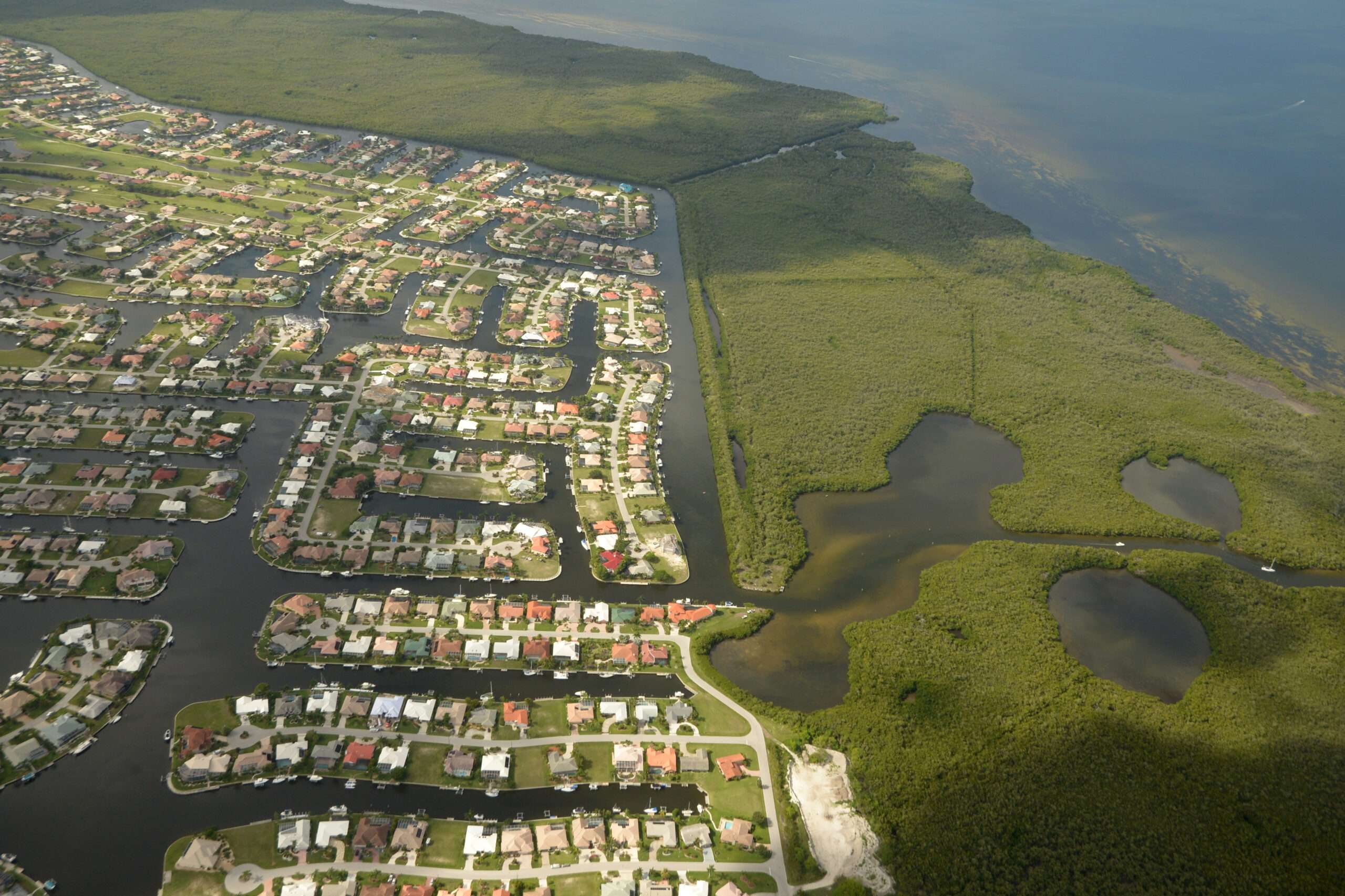The Destinations Cracking Down on Overtourism: Balancing Tourism and Sustainability
Overtourism has become a growing concern in many popular destinations around the world. The influx of tourists is putting a strain on these destinations, degrading the environment, overwhelming local infrastructure, and negatively impacting the quality of life for residents. However, several destinations have recognized the issue and taken proactive measures to tackle overtourism head-on. In this article, we will explore the destinations that are leading the charge in cracking down on overtourism, and the innovative strategies they have employed to strike a balance between preserving their unique appeal and ensuring sustainable tourism.
The Battle Against Overtourism: Venice
Venice, the magnificent Italian city built on a lagoon, has long been a victim of overtourism. The city’s narrow streets and delicate infrastructure can barely handle the daily influx of visitors. However, Venice has implemented an array of measures to combat the issue. They have restricted the number of cruise ships docking in the city, limited the number of tourists allowed in certain areas, implemented “locals only” access zones, and imposed a day-tripper tax to boost local revenue. These measures have significantly reduced the negative impacts of overtourism, while still allowing visitors to experience the magic of Venice.
Preserving the Magic: Iceland
Iceland, with its breathtaking landscapes and natural wonders, attracted an overwhelming number of tourists in recent years. The resulting environmental damage and strain on infrastructure led the government to take swift action. They implemented a fee for tourists entering popular attractions, such as national parks, to help fund conservation efforts. Additionally, restrictions were placed on the number of visitors allowed at iconic sites, ensuring that the fragile ecosystems are preserved for future generations to enjoy. These measures have proven to be effective in curbing overtourism while maintaining Iceland’s allure.
Limits to Paradise: The Galapagos Islands
The Galapagos Islands, renowned for their unique biodiversity and pristine ecosystems, faced a severe overtourism threat that endangered the delicate balance of nature. To safeguard these extraordinary islands, the Ecuadorian government implemented strict regulations, including a cap on the number of visitors allowed each year. It also encourages tourists to support responsible travel practices by partnering with certified eco-friendly tour operators. These measures have successfully protected the Galapagos Islands from excessive tourism and have enabled the local wildlife to thrive.
Reclaiming Authenticity: Barcelona
Barcelona, a vibrant city known for its architecture, art, and culture, has witnessed a rapid surge in tourist numbers, leading to overcrowding and noise pollution. To combat overtourism, the city has limited the number of accommodations available through stricter licensing regulations. Barcelona also actively promotes alternative tourism initiatives that encourage visitors to explore less crowded neighborhoods and participate in community-based activities. By reclaiming its authenticity and spreading tourists throughout the city, Barcelona has regained a better balance between locals and visitors.
Connecting with Locals: Bhutan
Bhutan, a small Himalayan country characterized by its preserved cultural heritage and pristine nature, has adopted a unique approach to deal with overtourism. The Bhutanese government regulates visitor numbers by issuing limited tourism permits and encouraging tourists to travel with authorized local tour operators. This approach not only ensures that tourists have an authentic experience but also promotes interaction with local communities, creating a deeper connection between visitors and locals. By managing tourism sustainably, Bhutan protects its rich culture and natural beauty.
A Sustainable Future: Conclusion
Overtourism poses a significant threat to the sustainability and well-being of many destinations worldwide. However, by adopting innovative strategies and proactive measures, as seen in Venice, Iceland, the Galapagos Islands, Barcelona, and Bhutan, these destinations are successfully tackling the issue. By limiting visitor numbers, implementing fees and taxes, regulating accommodations, and promoting responsible tourism practices, these destinations strike a balance between attracting tourists and preserving their natural and cultural heritage. As travelers, it is crucial that we support these efforts and seek out sustainable alternatives to ensure the long-term viability of our favorite destinations.
*Source www.independent.co.uk




































